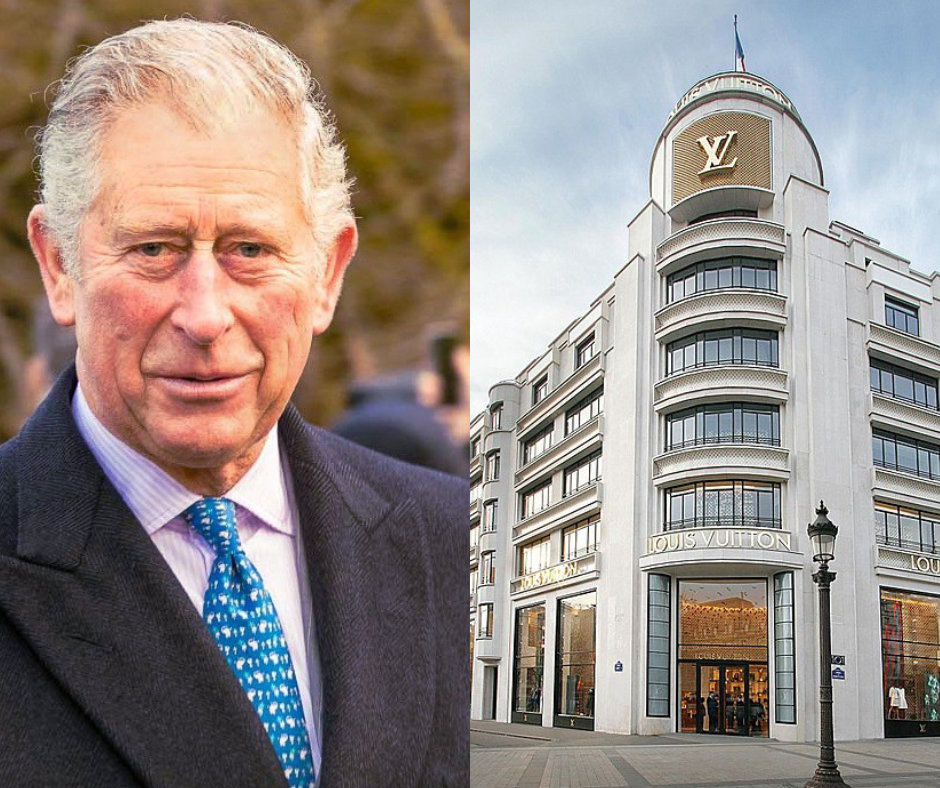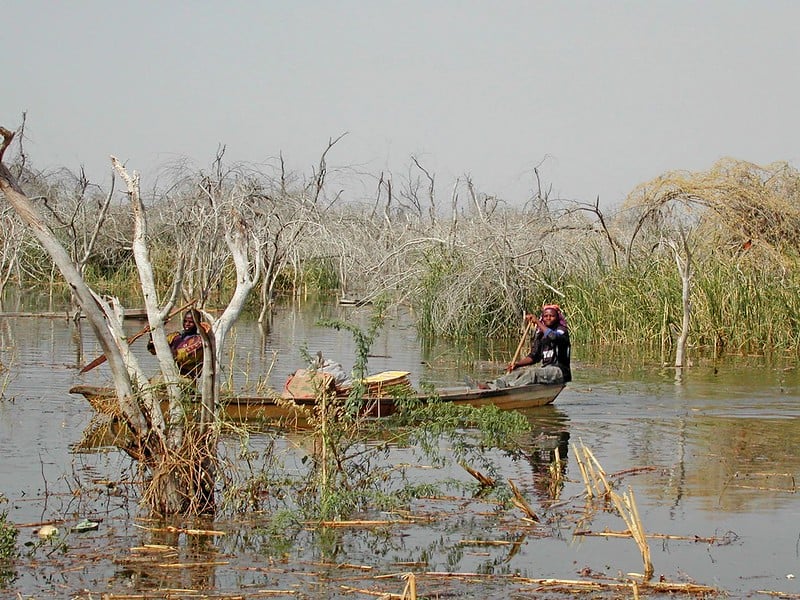How King Charles III and One of the World's Largest Luxury Groups are Using Agroforestry For Conservation and Land Restoration

King Charles III is platforming his passion for the environment with intensified efforts to impact global climate change and an economy powered by nature.
He established the Circular Bioeconomy Alliance (CBA) in 2020 to provide informed support and a world stage to advance the circular bioeconomy. Another part of the organization's mission is the Living Lab projects, which aim to restore biodiversity.
During this year's COP27, a partnership between CBA and LVMH (Louis Vuitton Moët Hennessy)—the luxury brand with fashion houses including Louis Vuitton, Givenchy and Fendi. LVMH joins a number of corporations committing to His Majesty King Charles III's efforts to combat global climate challenges.
The brand already has ambitious sustainable goals to reach by 2030. They have fashioned a sustainable roadmap addressing biodiversity, climate change, the circular economy, and brand transparency.
LVMH's Living Lab project with the CBA is in conjunction with the International Rescue Committee (IRC), Reforest'Action, European Forest Institute (EFI) and Pretaterra. The focus is developing sustainable cotton production in Africa and building regenerative agroforestry in Chad.
 Credit: François Declaux/IRD
Credit: François Declaux/IRD
Lake Chad, located in Central Africa, is nearly depleted due to climate change and the overproduction of cotton— a very water intensive crop.
The lake has lost 90 percent of its volume over the last 50 years. Nonetheless, various environmental and ecological organizations such as the Eden Project, UNESCO, and the University of N'Djamena, are not ruling out eventual restoration, but time is of the essence.
The Lake Chad Basin is a vital resource, supporting more than 45 million people in the riparian areas of Chad, Niger, Nigeria and Cameroon. With support from LVMH, the Circular Bioeconomy Alliance's Living Lab project is honing regenerative agroforestry methods in an effort to restore land around Lake Chad.
 Credit:Flickr
Credit:Flickr
The lab works with 500 local cotton farmers to provide equipment and irrigation technology. They also assist these farmers with planting fruit or timber trees alongside their cotton crops. The introduction of diverse trees helps soil fertility, water retention, and increases biodiversity. Equally as important, these endeavors boost income for local farmers and provide an alternate crop source.
Circular Bioeconomy Alliance Chair Marc Palahi stated:
"This is a very special project for the CBA as we demonstrate how the need to decarbonise economic sectors like the fashion industry can act as a catalyst to restore degraded landscapes - turning them into regenerative ones while providing jobs, prosperity and hope to Africa. The climate-poverty-land degradation crisis affecting Africa requires holistic approaches, connecting regenerative landscapes to sustainable market."
Along with sustainably grown cotton, LVMH is researching and developing plant-based fiber production. Their Life 360 environmental program states: "The company aims to have zero sourcing in areas where there is a very high risk of deforestation or desertification, and wants 100% of its strategic raw materials certified to the highest standards guaranteeing the preservation of ecosystems and water resources by 2026.
The fashion industry's produces up to 10 percent of the global carbon dioxide output. Given its undeniable impact, retailers like LVMH should invest back into glutonized areas with restorative and enduring solutions. It is simply a practice of accountability.
